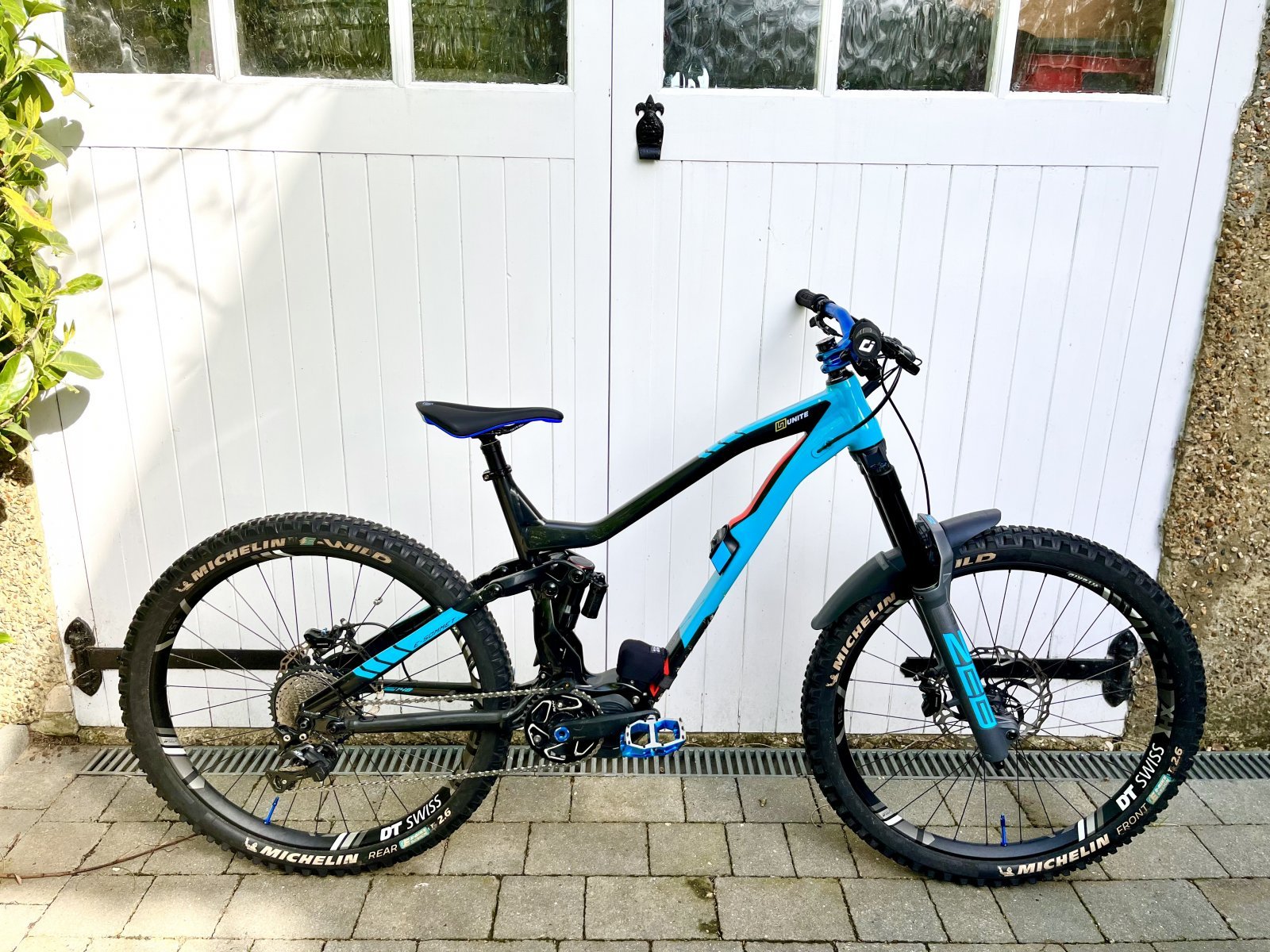Jeff McD
Well-known member
Got my S Works Levo down to 43.25 pounds and I can't tell you how much more enjoyable the ride is. It is so much more flickable at high speed downhill and so much more maneuverable in every setting. However I also went to narrower tires, 61 mm at the widest. That also helps the ride at speed.
Admittedly this takes quite a bit of money but if you spend your entire adult life waking up to go to the emergency room for patients or deliver babies in the middle of the night you keep promising yourself there's gonna be a reward someday. Trust me on this, ha ha.
Admittedly this takes quite a bit of money but if you spend your entire adult life waking up to go to the emergency room for patients or deliver babies in the middle of the night you keep promising yourself there's gonna be a reward someday. Trust me on this, ha ha.
